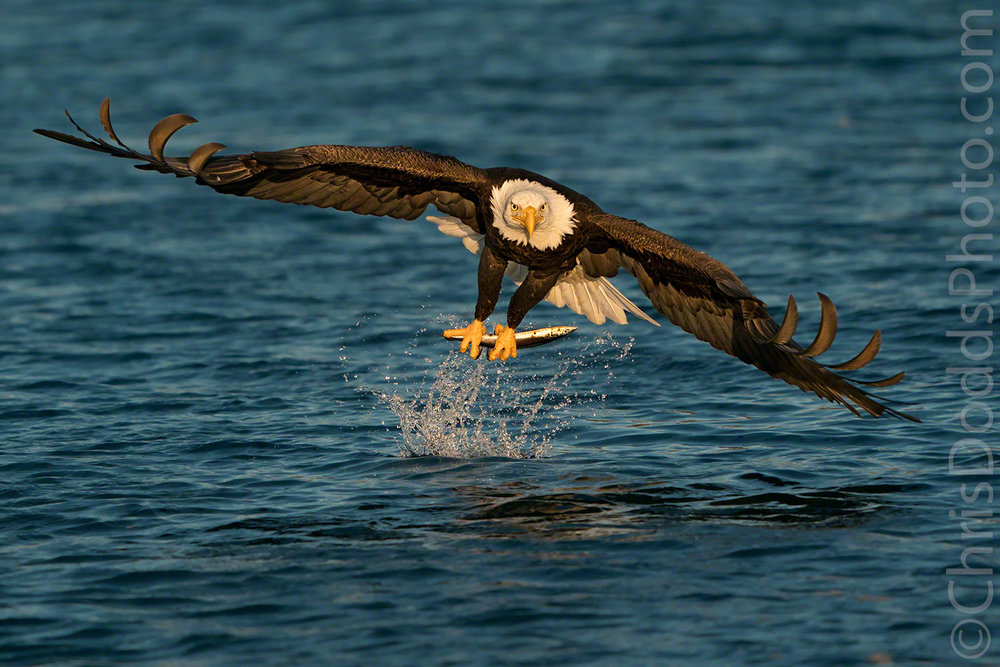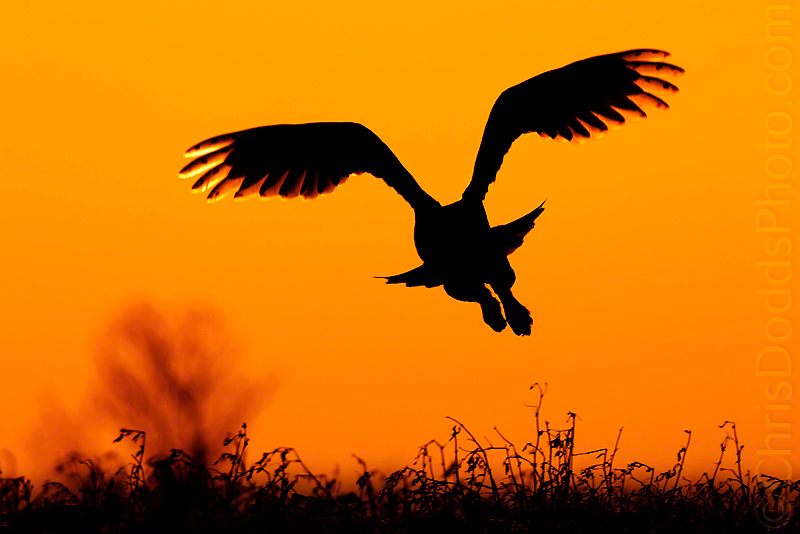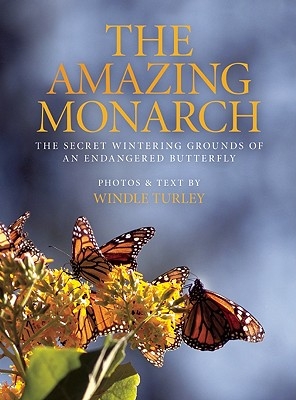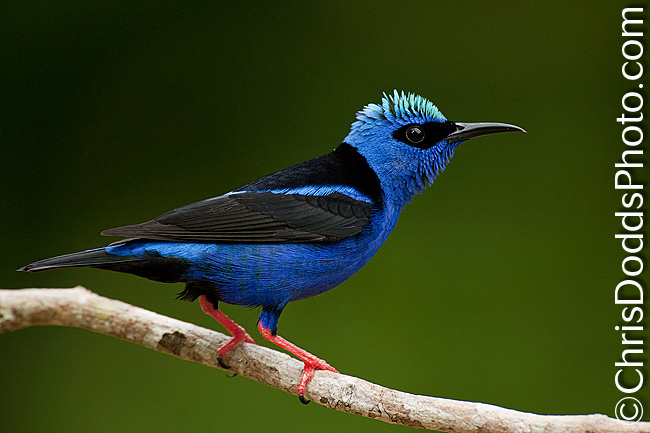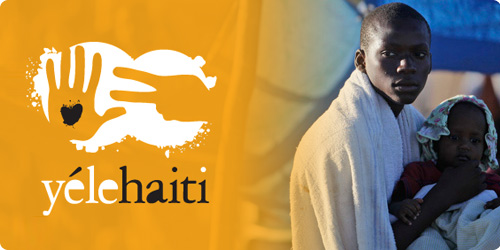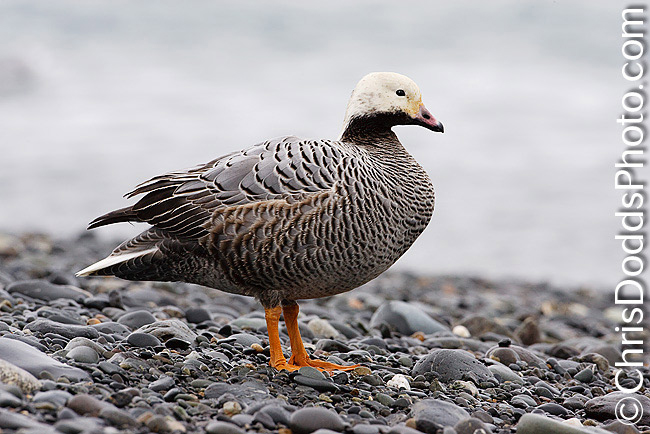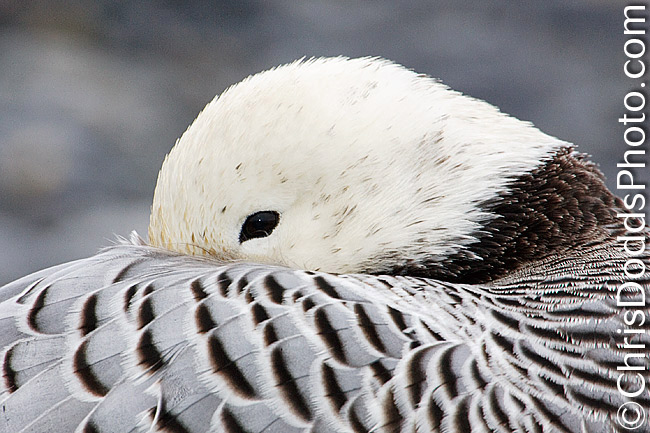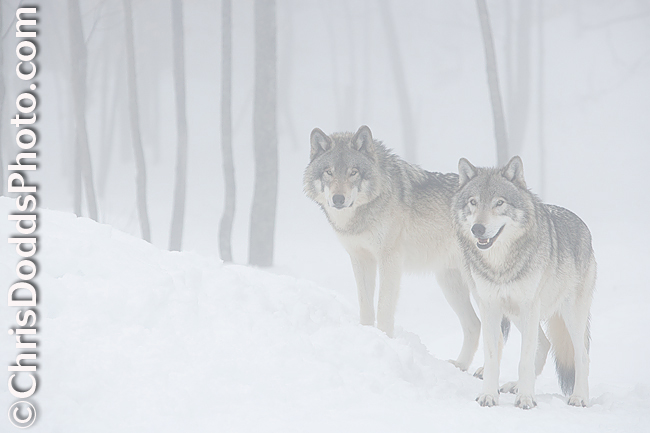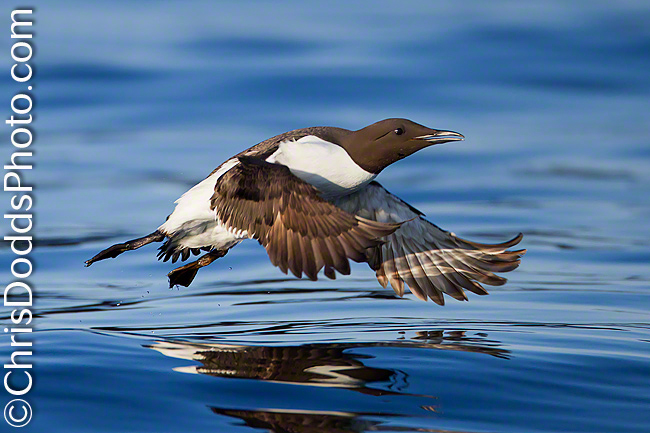 Common Murre or Common Guillemot Flying (Uria aalge, guillemot marmette, COMU) Parc national de l'Île-Bonaventure-et-du-Rocher-Percé (Bonaventure Island and Percé Rock National Park) Bonaventure Island, Quebec. Image Copyright ©Christopher Dodds All Rights Reserved. Canon EOS-1D MKIV, 800mm F5.6 L IS. ISO 800, 1/2500s F5.6 Manual. Hand held from Zodiac Hurricane 733. Full Frame. CLICK HERE TO PURCHASE A PRINT or LICENSE IMAGE FOR PUBLICATION.
Common Murre or Common Guillemot Flying (Uria aalge, guillemot marmette, COMU) Parc national de l'Île-Bonaventure-et-du-Rocher-Percé (Bonaventure Island and Percé Rock National Park) Bonaventure Island, Quebec. Image Copyright ©Christopher Dodds All Rights Reserved. Canon EOS-1D MKIV, 800mm F5.6 L IS. ISO 800, 1/2500s F5.6 Manual. Hand held from Zodiac Hurricane 733. Full Frame. CLICK HERE TO PURCHASE A PRINT or LICENSE IMAGE FOR PUBLICATION.
My Favorite Image
Alright, I couldn't choose just one favourite, so you get two for one. The Common Murre image above was captured during my June Gannets Galore Bird Photography Workshop / Safari and the Atlantic Puffin portrait below was from my July Puffins Galore Bird Photography Workshop / Safari.
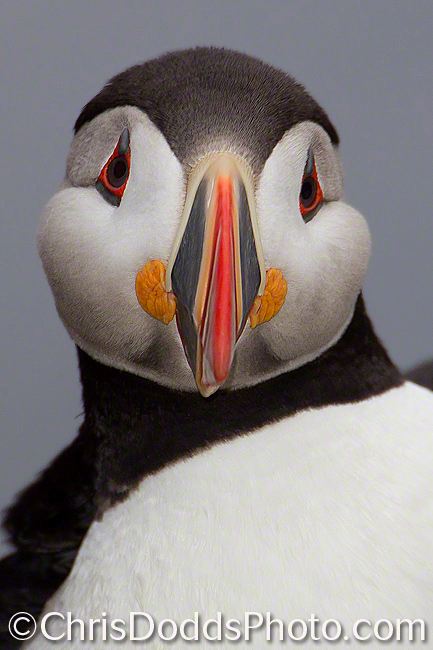 Atlantic Puffin (Fratercula arctica, Macareux moine, ATPU) Vertical Portrait île aux Perroquets, Réserve de parc national du Canada de l'Archipel-de-Mingan, Quebec, Canada. Image Copyright ©Christopher Dodds All Rights Reserved. Canon EOS 1DMKIV, 500mm F4 L IS with 2X Teleconverter II, Canon 25mm Extension Tube, Tripod & Wimberley Head II. 580EXII Flash manual mode. Think-Tank Photo Hydrophobia 300-600. ISO 800, F16 @1/60s Manual mode. CLICK HERE TO PURCHASE A PRINT or LICENSE IMAGE FOR PUBLICATION.
Atlantic Puffin (Fratercula arctica, Macareux moine, ATPU) Vertical Portrait île aux Perroquets, Réserve de parc national du Canada de l'Archipel-de-Mingan, Quebec, Canada. Image Copyright ©Christopher Dodds All Rights Reserved. Canon EOS 1DMKIV, 500mm F4 L IS with 2X Teleconverter II, Canon 25mm Extension Tube, Tripod & Wimberley Head II. 580EXII Flash manual mode. Think-Tank Photo Hydrophobia 300-600. ISO 800, F16 @1/60s Manual mode. CLICK HERE TO PURCHASE A PRINT or LICENSE IMAGE FOR PUBLICATION.
Your Favorite image
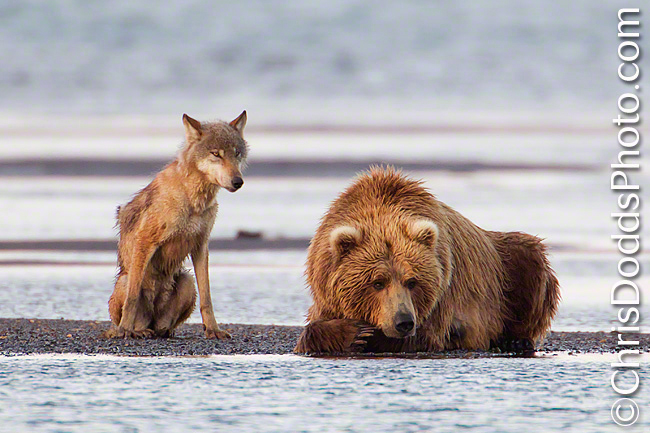 Coastal Brown Bear and Gray Wolf Unlikely FISHIN' BUDDIES (Ursus arctos or Grizzly Bear and Canis lupus) Hallo Bay, Katmai National Park, AK. Image Copyright ©Christopher Dodds All Rights Reserved. Canon EOS 1DMKIV, 500mm F4 L IS, 2X II Tele-converter, Tripod & Wimberley Head II. ISO 800, F8 @1/125s Manual mode. CLICK HERE TO PURCHASE A PRINT or LICENSE IMAGE FOR PUBLICATION.
Coastal Brown Bear and Gray Wolf Unlikely FISHIN' BUDDIES (Ursus arctos or Grizzly Bear and Canis lupus) Hallo Bay, Katmai National Park, AK. Image Copyright ©Christopher Dodds All Rights Reserved. Canon EOS 1DMKIV, 500mm F4 L IS, 2X II Tele-converter, Tripod & Wimberley Head II. ISO 800, F8 @1/125s Manual mode. CLICK HERE TO PURCHASE A PRINT or LICENSE IMAGE FOR PUBLICATION.
You couldn't choose just one favourite, so you also get two for one as well. The Coastal Brown Bear and Gray Wolf image above was captured during my July Coastal Brown Bears Galore Photography Workshop / Safari and the Herring Gull image below was from my June Gannets Galore Bird Photography Workshop / Safari. I based these coices on the number of views, comments, likes, etc. from Facebook or on-line forums where they were posted.
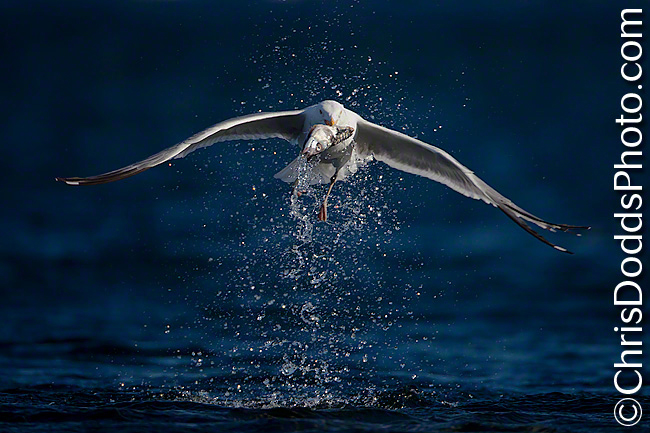 American Herring Gull Emerging with fish (Larus smithsonianus, Goeland argente, HERG) Parc national de l'Île-Bonaventure-et-du-Rocher-Percé, Bonaventure Island, Quebec. Image Copyright ©Christopher Dodds All Rights Reserved. Canon EOS-1D MKIV, 800mm F5.6 L IS. ISO 400, 1/2000s F5.6 Manual. 580EXII Flash manual full power . Tripod & Wimberley Head II. Full Frame. CLICK HERE TO PURCHASE A PRINT or LICENSE IMAGE FOR PUBLICATION.
American Herring Gull Emerging with fish (Larus smithsonianus, Goeland argente, HERG) Parc national de l'Île-Bonaventure-et-du-Rocher-Percé, Bonaventure Island, Quebec. Image Copyright ©Christopher Dodds All Rights Reserved. Canon EOS-1D MKIV, 800mm F5.6 L IS. ISO 400, 1/2000s F5.6 Manual. 580EXII Flash manual full power . Tripod & Wimberley Head II. Full Frame. CLICK HERE TO PURCHASE A PRINT or LICENSE IMAGE FOR PUBLICATION.
My favorite New Camera Bag
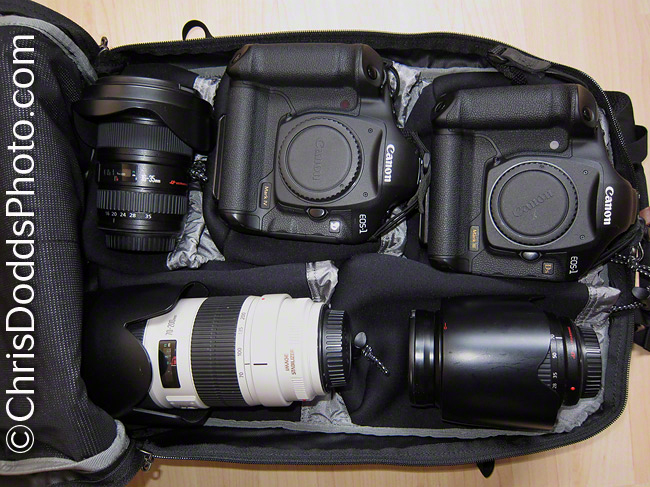 Think-Tank Photo Shape Shifter Camera Backpack. I took this photo with my Canon S-95 with built-in flash and natural light.
Think-Tank Photo Shape Shifter Camera Backpack. I took this photo with my Canon S-95 with built-in flash and natural light.
It's the one eternal quest for any photographer; finding the perfect camera bag. I have a serious problem; I'm a closet camera bag junkie. I have a room full of camera bags and never quite found the ultimate "urban" camera bag for this nature photographer when I'm not out in the field with my 500 or 800mm lens. I'm talking about those times that I want to grab a bag and have it fit what I need while out on a walk in Old Montreal, visiting family, or just out for a drive for landscapes. I've been meaning to write a serious review of the new Shape Shifter by Think-Tank Photo since I received my review copy a few weeks ago. Suffice it to say that this truly is the ultimate urban camera bag. Built to the usual quality standards that the folks at Think-Tank Photo are known for, the Shape Shifter is a camera backpack like no other. There are five neoprene pouches fixed to the inside back panel capable of holding my Canon EOS 1Ds Mark III, Canon EOS 1D Mark IV, 70-200 F2.8 IS II, 16-35 F2.8 II, 24-70 F2.8. The inside of the front cover can also hold a couple of speed-lights and various light modifiers. There are tons of pockets and a top-load sleeve that can accommodate up to a 17" laptop computer. The beauty of the bag is it's ability to compress to a much lower profile when you decide to venture out with only a couple of items in it. Purchase the Shape Shifter from Think-Tank Photo HERE and receive a free camera bag or accessory while engouraging this site.
My Favorite Conversation

It was a blast visiting with Scott and he is a gifted interviewer with quite a personality. We discussed my recent discovery of Nik Software and how I am introducing it into my post capture work-flow. There's a few good tips and a description of my Gannets Galore photo tour / workshop / safari. Be sure to grab a cup of coffee and give it a listen to hear some stories, tips and techniques. Thank you Scott.
LISTEN TO A LIVE STREAM NOW or DOWNLOAD IN iTunes
My Favorite New Software
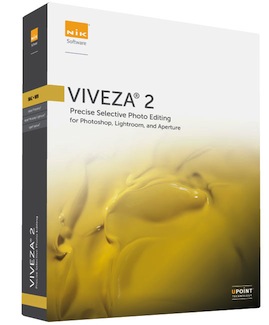 I can't talk about my radio interview with Scott Sheppard without mentioning my favorite new software suite and Nik Software. Of the suite, Viveza 2.0 stands out as an absolute favorite for it's ease of use and compatibility. This choice isn't only about the software, it's about the company. Nik Software has changed the way the product supports the user; they offer free daily webinars to help you learn to use their products. How many times have you installed a new piece of software, only to discover that you were on your own to learn how to use it? Now all you have to do is tune into a webinar and watch how it's done; and it's FREE! Certainly worth checking-out at NiK Software (Use the coupon code "cdodds" to save 15% at the Nik store).
I can't talk about my radio interview with Scott Sheppard without mentioning my favorite new software suite and Nik Software. Of the suite, Viveza 2.0 stands out as an absolute favorite for it's ease of use and compatibility. This choice isn't only about the software, it's about the company. Nik Software has changed the way the product supports the user; they offer free daily webinars to help you learn to use their products. How many times have you installed a new piece of software, only to discover that you were on your own to learn how to use it? Now all you have to do is tune into a webinar and watch how it's done; and it's FREE! Certainly worth checking-out at NiK Software (Use the coupon code "cdodds" to save 15% at the Nik store).
My Favorite new Point & Shoot Camera with Accessories
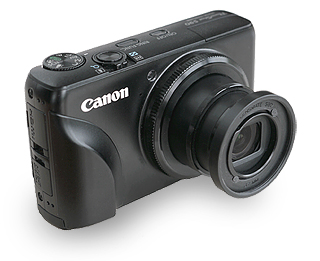 Canon PowerShot S-95 with Richard Franiec’s S-95 Grip and Lensmate S95 Quick-Change Adapter Kit 37mm
Canon PowerShot S-95 with Richard Franiec’s S-95 Grip and Lensmate S95 Quick-Change Adapter Kit 37mm
My Favorite New Lens
Without a doubt, the Canon 800mm F5.6 IS has to be my favourite new work lens, but my Lensbaby Composer with their 0.42X Super Wide Angle conversion lens, Macro Lens Kit, and 0.6X Wide Angle & 1.6X Telephoto accessory kit has to be my favourite new fun lens. Watch for a full review soon.
My Favorite New Book
The Sibley Guide to Trees is a refreshing new field guide to the trees of North American Trees written and illustrated by David Allen Sibley. I had given-up hope of finding a well illustrated field guide to the trees of North America, so I was thrilled when I accidentally stumbled upon this gem of a book.
is a refreshing new field guide to the trees of North American Trees written and illustrated by David Allen Sibley. I had given-up hope of finding a well illustrated field guide to the trees of North America, so I was thrilled when I accidentally stumbled upon this gem of a book.
My Favorite New Gadget
That's an easy one; The Cotton Carrier has got to be it! READ MY REVIEW HERE.
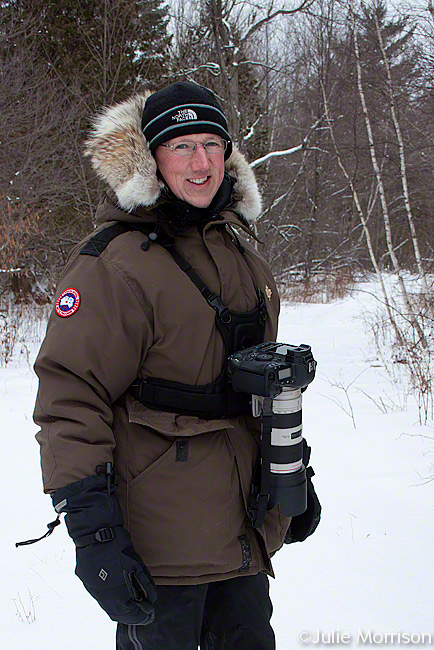 Canadian Nature Photographer Christopher Dodds(that's me - smile) stylin' with a a Cotton Carrier over his Canada Goose Parka. Image copyright and courtesy Julie Morrison - thanks, Julie.
Canadian Nature Photographer Christopher Dodds(that's me - smile) stylin' with a a Cotton Carrier over his Canada Goose Parka. Image copyright and courtesy Julie Morrison - thanks, Julie.
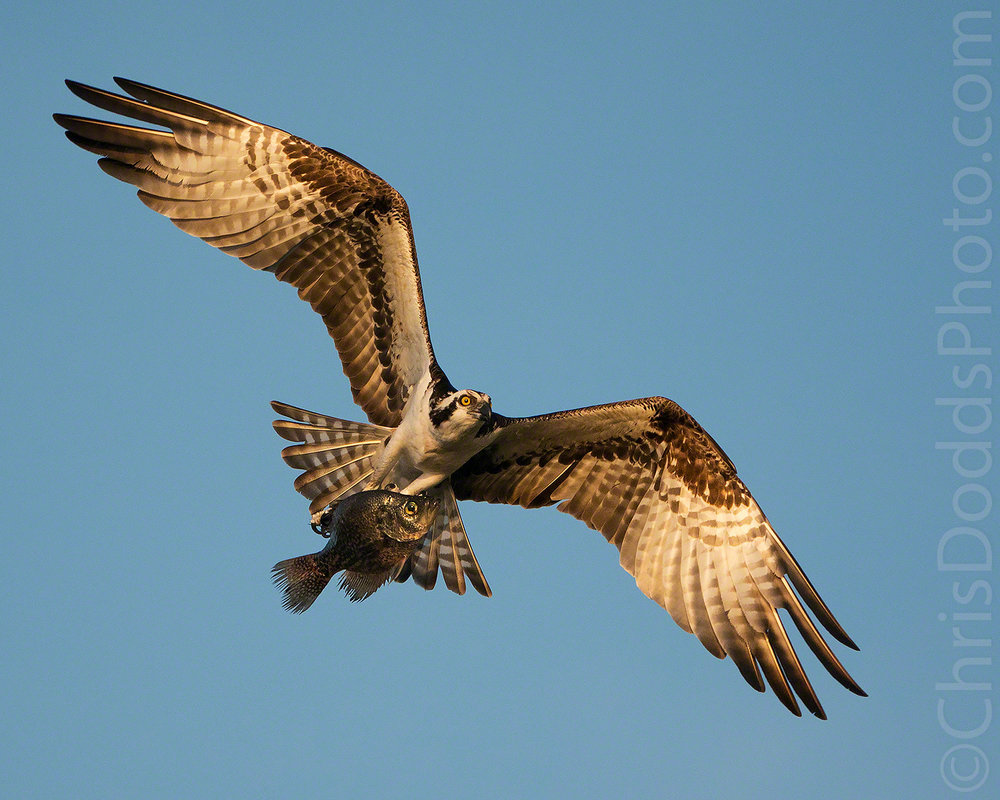 Osprey with fresh Speckled Perch (Crappie) (Pandion haliaetus, Balbuzard pêcheur, OSPR) Lake Blue Cypress, Florida ©Christopher Dodds All Rights Reserved. Sony Alpha a9 Mirrorless camera & Sony FE100-400mm F4.5-5.6 G Master OSS Lens with Sony 1.4X tele-extender @ 540mm Full Frame image. ISO 2,000 f/8 @ 1/2,000s Manual mode.
Osprey with fresh Speckled Perch (Crappie) (Pandion haliaetus, Balbuzard pêcheur, OSPR) Lake Blue Cypress, Florida ©Christopher Dodds All Rights Reserved. Sony Alpha a9 Mirrorless camera & Sony FE100-400mm F4.5-5.6 G Master OSS Lens with Sony 1.4X tele-extender @ 540mm Full Frame image. ISO 2,000 f/8 @ 1/2,000s Manual mode.